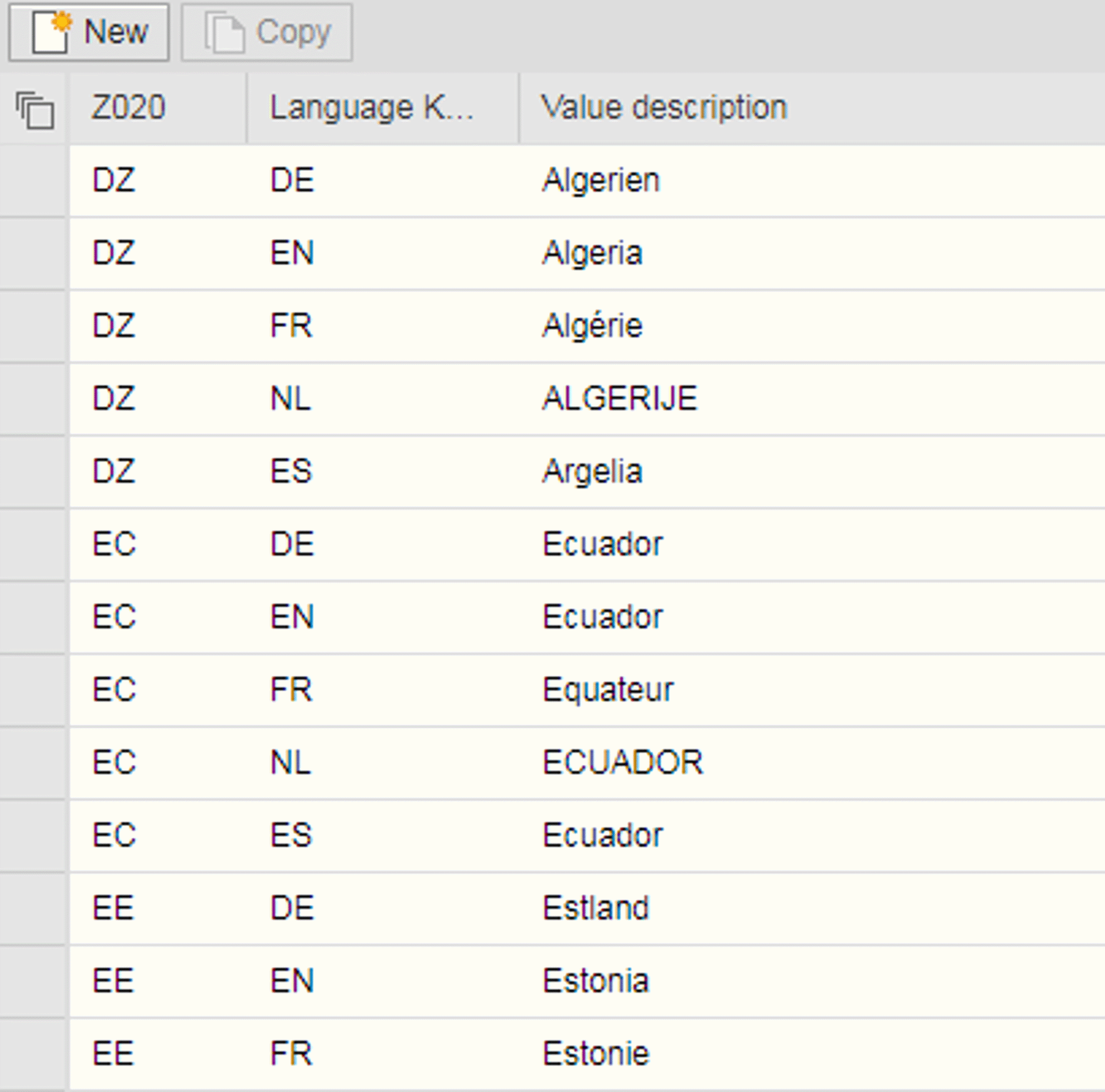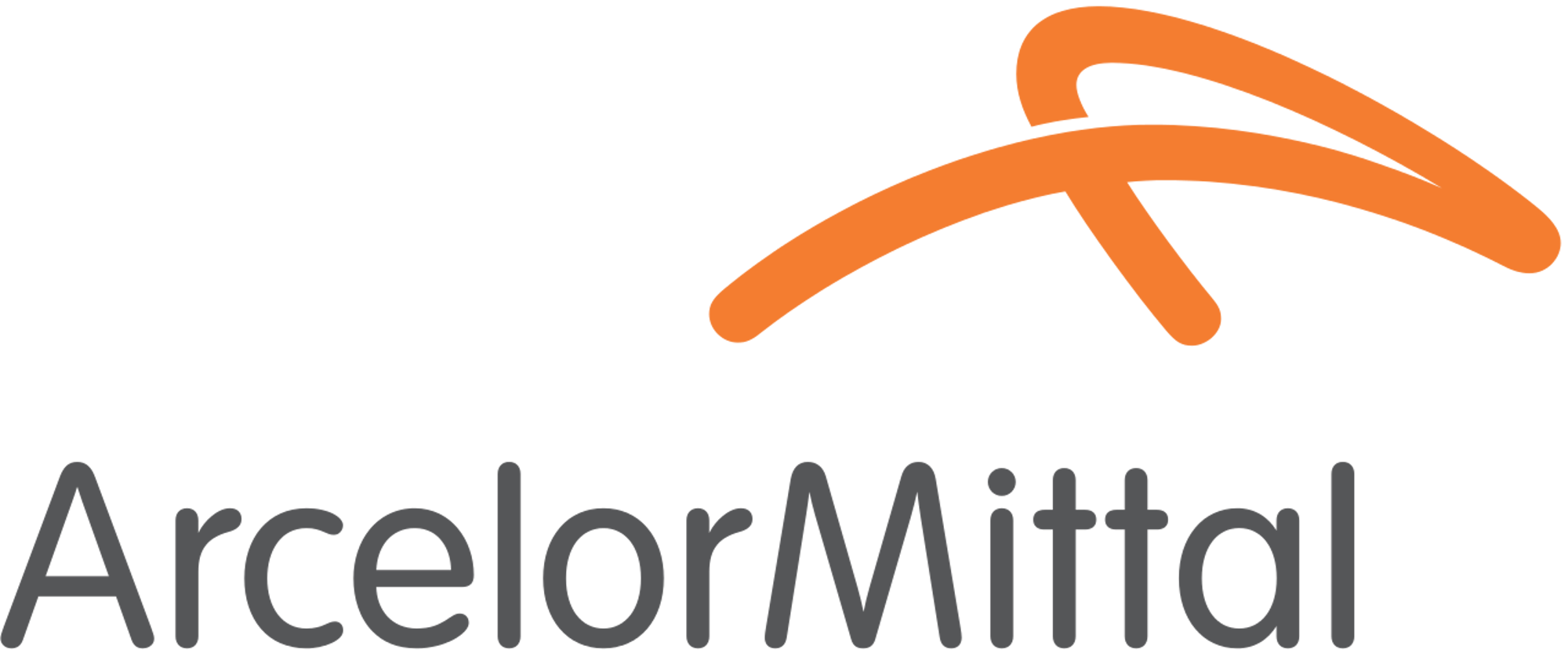About ArcelorMittal
ArcelorMittal is the world’s leading steel and mining company. Guided by a philosophy to produce safe, sustainable steel, it is the leading supplier of quality steel products in all major markets including automotive, construction, household appliances and packaging. ArcelorMittal is present in 60 countries and has an industrial footprint in 18 countries.
The initial business case
The master and reference data related to the processes for the commercial department at ArcelorMittal were often stored in an unstructured way (MS Excel, Word,...) in a Lotus Notes database for which a custom approval flow was written. In order to be able to distribute this data to the receiving systems, it was implemented in the ERP system (SAP ECC6, non-unicode).
This solution was not sufficient for the current needs:
- Maintaining codes that were not relevant to the ERP system
- Maintaining languages that required other code pages
- Distribution of this data from a system where the data is stored in a structured way and a selective distribution to target systems is possible
- Strict governance for the BI and analytics projects
SAP MDG was chosen here as a solution because of the fuctionalities of the product that respond to these needs and given the technological familiarity with the ERP system and Datawarehouse which are both SAP products.
ADDITIONAL REQUIREMENTS
- Merging different 'codebooks' to a harmonized process;
- Harmonization of certain reference data that are managed locally and for problems provides cross-functional BI initiatives;
- Reuse of set-up models in the management of non-commercial processes.
PROJECT APPROACH AND ELABORATION
- SAP MDG Central Governance ("keep data clean" principle) for Custom Objects is used to set up a custom Data Model (= codebook);
- Data consolidation has been done manually and uploaded in SAP MDG via File Import;
- Data Replication is provided by the Data Replication Framework in MDG, by using Web Services, which will send the data directly or based on Change pointers to target systems via the SAP PO system;
- Key mapping, provided by the 'Unified Key Mapping Service' on the MDG system, is used to keep track of deviations in key values in target systems (non-harmonized systems) so that the correct key values are sent to these systems;
- A Fiori application was developed to provide a user-friendly and accessible interface to the MDG codebook.
Lessons learned
POSITIVE
- Create 4 custom Data Models in the short term:
- Codebook for Codes, Colors and Rules: these objects have mutual relationships;
- Organistional Hierarchy: allows you to store the organizational structure in a hierarchical form (tree structure)
- Setting up a Rule-Based Workflow (dynamic workflow steps and user agents based on data content): handy feature that is delivered out-of-the-box in MDG;
- RACI model (type of authorization framework) could be successfully implemented with SAP MDG and also integrated with the Rule-Based Workflow;
- Use the "edition" concept in SAP MDG, for the Organizational Hierarchy model, to save time-bound versions of an object. This allows you, for example, to plan changes to an Organizational Hierarchy tree structure in the future without changing the current version.
ROOM FOR IMPROVEMENT
- 'Flex model' that stores data actively and inactive in MDG:
- Is good if you want to set up a custom Data Model quickly (eg Governance of Reference Data);
- Better use of the 'Reuse model': create tables yourself for storing active data and a handler class that handles data persistence. In this case you can use MDG Consolidation which is not possible with the 'Flex Model'
- Performance problems with UI component for displaying large value lists (eg +8.000 lines)
Plans for the future
- SAP MDG-M for Materials
- SAP MDG-BP for the management of Customers
- Consolidation using SAP MDG Consolidation
- SAP MDG-CO for modelling other reference data objects (eg Unit of Measure)
WHAT IS A CODEBOOK?
A codebook is a collection of Codes with their descriptive data and corresponding value lists. Ex. Code 'Z020' with the description 'Country'.
- Descriptive data (eg Definition):

- Value list:


For questions or additional information on this subject, please fill in the form below.
We'll get in touch soon!

Niels De Greef
SAP Master Data Architect & Teamlead
Certified SAP Master Data Solution Architect and Teamlead with expertise in MDG, EIM, and a track record of delivering high-quality, scalable, efficient and future-proof solutions.
Let's Make Your Story Next!
Your own success story awaits. Click below to begin your personalized experience.
Let's embark on this journey together!
Connect Now for Your Success Story

